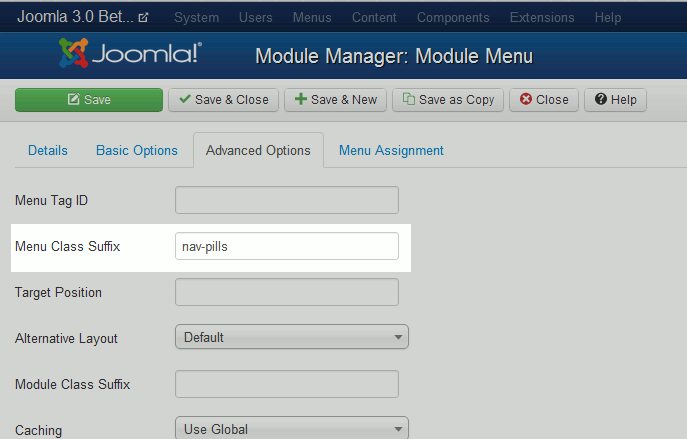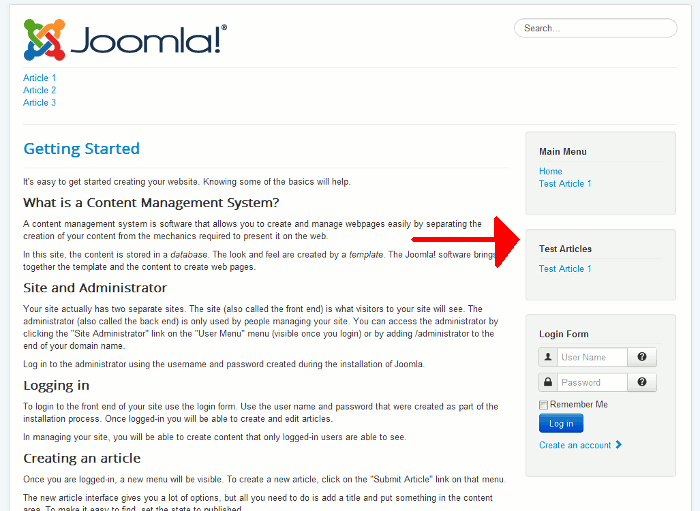
- #Joomla display menu only when loged in registration#
- #Joomla display menu only when loged in password#
There are about a dozen different permission settings in the Global Configuration, which can be set for each user group individually. Different components and extensions may have specific permissions in their respective settings elsewhere. The most important permission settings can be found in the Global Configuration under the "Permissions" tab. Permissions dictate what a user can or cannot do. May be useful if you need to ban someone or quickly revoke access for any reason.Įach user group has a distinct set of permissions that applies to it. If disabled, they can't log in or do anything. User Status: Whether this user is enabled.Receive System Emails: Whether this user receives system emails, like global messages and such.
#Joomla display menu only when loged in password#
#Joomla display menu only when loged in registration#
Registration Date: The date and time they registered their account.You cannot see the user's old password for security reasons. Password: You may reset the password for any user by typing it under Password and Confirm Password.This is usually set to appear instead of their actual name when people post comments and engage in public areas of the website. Username: The name the user uses to log in to the website.

The usual practice is to display the username, not the actual name.

Not usually displayed on the front end, though some extensions may do so. If open to public registration, this may be fake, of course. The account details tab contains important settings, such as the user's actual name, username, email, and password. The functionality of user groups and access levels can be extended by third party extensions. Super users and administrators can change the access levels and user groups of other users with the User Manager. The five default access levels are: Public, Guest, Registered, Special, and Super Users. The nine default user groups are: Public, Guest, Manager, Administrator, Registered, Author, Editor, Publisher, and Super Users. For most small to medium-sized websites, with limited users, the default user groups and access levels should be more than enough. It's possible to add and delete user groups and access levels as needed, or rename them to better fit the titles in your organization. User groups and access levels are completely customizable. There are many applications for these features. We can put our content behind a paywall and only allow registered subscribers to view certain content. We can show certain modules to guests and certain modules to administrators. For example, we can restrict our articles to only be viewable by registered users, if we want to. Access levels control what a user can and cannot view on the website. The user group a user is assigned to controls what the individual user has permission to do on the website.ĭifferent user groups are assigned different access levels.

This could be something like a guest, a registered user, or an administrator. The user group is the group the user belongs to. By default, Joomla sorts users into 9 different user groups across 5 different access levels.


 0 kommentar(er)
0 kommentar(er)
